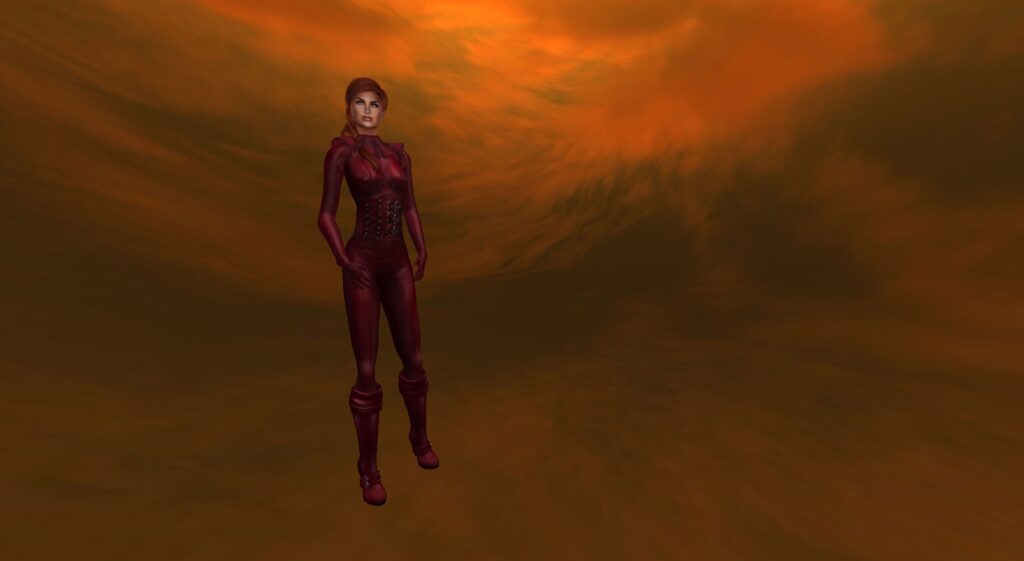
A number of years ago I facilitated a Science Circle discussion about why learning math is so hard. Twelve Science Circle participants shared their ideas on this question. We all had varying notions. Today I am convinced that humanity divides itself into two groups. One small group is capable of grasping the abstract beauty of numbers and become mathematicians. The other, much larger group, can only learn to use math to solve real-world problems. I’m in that latter group. I learned to use statistics to analyze research experiments and developed some statistical methods for my dissertation but the abstract beauty of mathematics totally eludes me.
There is a play called Proof. It is about a father and daughter who are both in my first group… they are geniuses at math. Father and daughter talk about many abstract aspects of math: prime numbers, the Hardy-Ramanujan number, imaginary numbers, game theory, nonlinear operator theory, Germain primes, algebraic geometry, elliptic curves, and, the ever popular, Eberhart’s Conjecture. All this makes my mind go numb.
Where I’m going with this is actually a question for you, my patient and long-suffering readers. I believe, without any proof what-so-ever, that there exists a way to show people the beauty of mathematics using easy-to-grasp, real-life examples.
I don’t have an example of this condition. I once learned how to use matrix algebra to do regression analysis and wrote a computer program to illustrate the process step-by-step and then to allow the user to enter a data set and get the regression analysis. My students were so unimpressed!
I asked Robert Hendrix, who recently gave a Science Circle presentation discussing the Cantor Bernstein Schröder Theorem of Set Theory, if he knew of an example for me. This is one he suggested: Euclid, in the 3rd century BCE, came up with the mathematical model we use today to describe our usual 3D world. Georg Friedrich Bernhard Riemann, and others in the 19th century, noticed that mathematics could be used to describe spaces with more than three dimensions even though in our everyday lives three is all we get. Later Einstein, in the early 20th century, incorporated Reimann’s Non-Euclidean geometric ideas into his theory of general relativity as Einstein needed to add time as a fourth dimension. Later to prove that the theory of general relativity had practical value Einstein used his theory to provide a correction to the known orbit of Mercury. The sun’s gravitational pull distorts space and Einstein’s theory can calculate the degree of that distortion and use it to make our understanding of Mercury’s orbit more accurate.

This is a cool story about how creative thinking by Reimann to explore unknown mathematical dimensions helped Einstein to describe how gravity works and to provide astronomers with better information. Unfortunately, this is an interesting example of how mathematical ideas evolve and can be applied to real-life problems but it does not illustrate the beauty of the underlying mathematics. To do that we need to… well, that’s where I’m seeking help.
I am very grateful to Dr. Hendrix for his example.
So many aspects of mathematics seem magical or just plain fascinating. Take the Hardy-Ramanujan number as an example. This number is 1729. It is the smallest number possible that is the sum of two cubes done in two different ways. Example: 123 + 13 = 1729 and 103 + 93 = 1729. What human mind could ever have come up with that? But it’s so cool!
As I say, math has really cool and interesting aspects but what practical use is 1729?
Back to my question: What is a real-life, practical example of a really cool, abstract math thing that connects us to the beauty of the numbers? If you can come up with an example, please add it as a Comment below.
References
- Proof, David Auburn, 2000.
- The Equivalence Theorem, Robert A. Hendrix, Science Circle, June 20, 2020.
- Non-Euclidean Geometry, Encyclopædia Britannica.
- Riemannian Geometry, Wikipedia.
- Tests of General Relativity, Astronomy, Lumen.
A bit more about Mercury: “According to Newtonian gravitation, the gravitational forces exerted by the planets will cause Mercury’s perihelion to advance by about 531 seconds of arc (arcsec) per century. In the nineteenth century, however, it was observed that the actual advance is 574 arcsec per century. … The prediction of general relativity is that the direction of perihelion should change by an additional 43 arcsec per century. This is remarkably close to the observed discrepancy, and it gave Einstein a lot of confidence as he advanced his theory.” - Pay attention, Albert Einstein!, John Gribbin, New Scientist, January 1993.
 |
| Visits: 1623285 |
